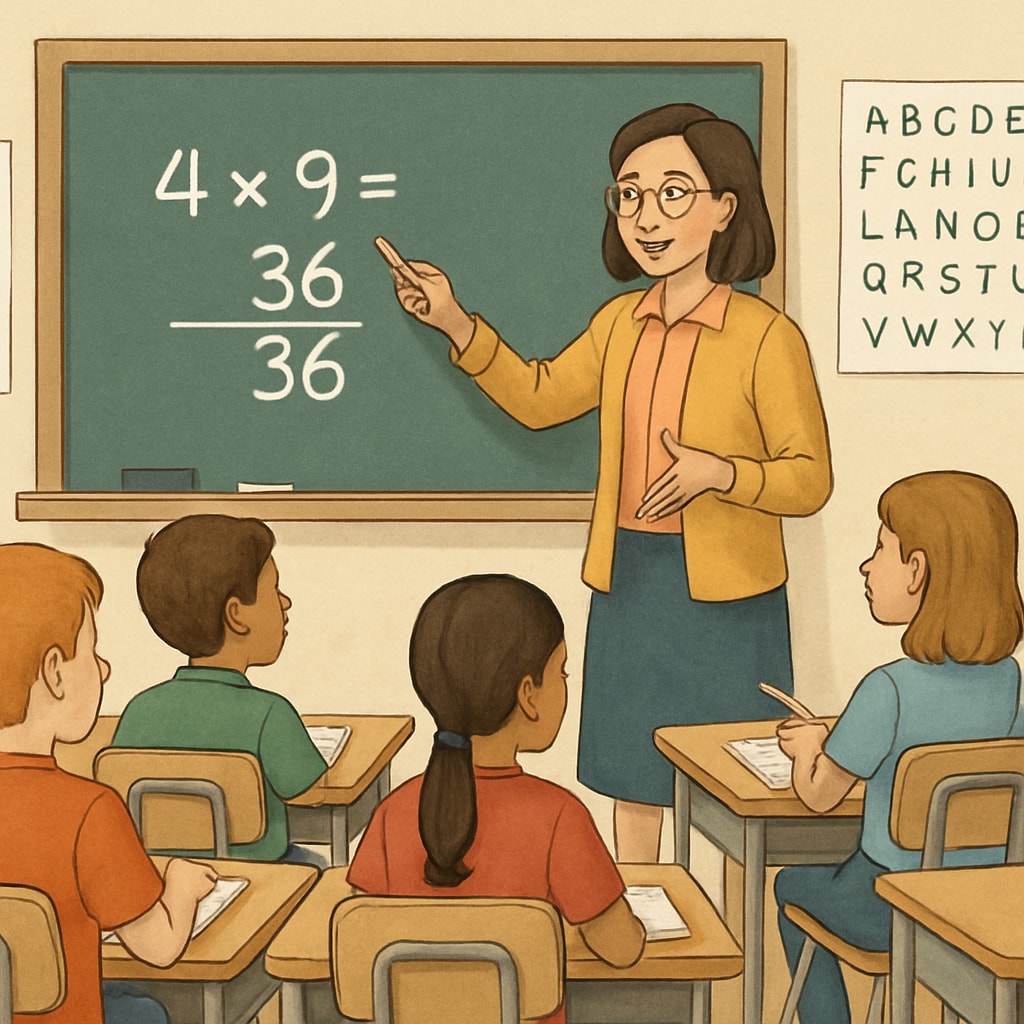High school math teaching often presents complex challenges for educators and students alike. From abstract concepts to problem-solving techniques, students frequently encounter difficulties that hinder their progress. By identifying the root causes of these struggles and implementing targeted strategies, educators can better support students in overcoming learning obstacles.
Understanding Common Challenges in High School Math
High school math encompasses a wide range of topics, such as algebra, geometry, calculus, and statistics. These subjects often require abstract thinking, which many students find difficult. Additionally, gaps in foundational knowledge, such as basic arithmetic or earlier math concepts, can exacerbate these challenges. For example, a student struggling with fractions might find algebraic equations daunting.
Other common obstacles include:
- Lack of confidence: Many students develop math anxiety due to past failures.
- Limited real-world application: Abstract concepts often feel irrelevant to daily life.
- Overemphasis on memorization: Rote learning can hinder deeper understanding.

Effective Strategies to Address Student Struggles
To improve high school math teaching, educators should adopt student-centered approaches. Below are some strategies to consider:
- Diagnostic Assessments: Conduct regular assessments to identify gaps in foundational knowledge and tailor lessons accordingly.
- Real-World Applications: Integrate real-world examples to make abstract concepts relatable. For instance, use statistics to analyze sports data or budgeting scenarios.
- Interactive Learning: Incorporate technology, such as educational apps or online simulations, to engage students and visualize complex ideas.
- Encouraging Collaboration: Group activities and peer tutoring can boost confidence and foster a collaborative learning environment.
In addition, fostering a growth mindset (the belief that intelligence can be developed through effort) can help students overcome math anxiety and build resilience.

The Role of Teachers in Optimizing Math Education
Teachers play a pivotal role in addressing student struggles. By refining their teaching strategies, they can help students navigate high school math with greater ease. Here are some actionable tips for educators:
- Professional Development: Attend workshops or online courses to stay updated on innovative teaching methods.
- Flexible Teaching Styles: Adapt teaching methods to suit diverse learning styles, such as visual, auditory, or kinesthetic learners.
- Consistent Feedback: Provide constructive feedback to help students understand mistakes and improve.
As a result, students can develop a stronger understanding of math concepts and improve their performance.
Conclusion: Empowering Students to Succeed in Math
Breaking barriers in high school math requires a holistic approach that combines understanding student struggles, refining teaching strategies, and fostering a supportive learning environment. By addressing common obstacles and implementing effective techniques, educators can empower students to excel in mathematics and beyond.
For further reading: Learn more about the importance of mathematics education or explore strategies on Britannica’s education resources.


